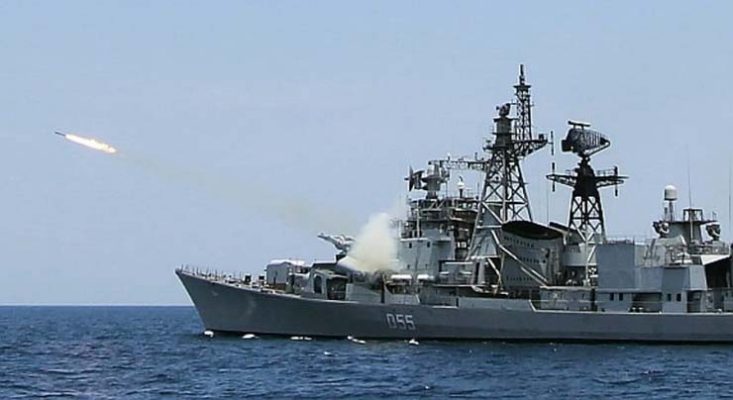
New Delhi: With environment Protection and Green Initiatives being one of the key focus area of the Indian Navy, it has embarked on reducing its environmental footprint through energy conservation, minimising marine pollution and use of alternative sources of energy.
The ‘Indian Navy Environment Conservation Roadmap’ (INECR) has been the guiding document and key enabler for progressively achieving this vision of the Indian Navy to add a Green Footprint to its Blue Water operations.
Indian Navy conducted the World Environment Day this year adhering to the lockdown measures in force. Educational awareness programmes, lectures and webinars were conducted over electronic media in Naval stations in lieu of the otherwise regular outdoor activities.
With the aim of reducing pollution from engine exhausts, the Indian Navy collaborated with IOCL to revise the fuel specifications. The new specification surpasses international norms and includes reduced sulphur content which in the long run will reduce emissions levels as well as maintenance requirements onboard.
While recognising the significance of biodiversity, which incidentally is the theme for World Environment Day-2020, ample emphasis is being accorded within the Navy in protecting ocean ecology.
Indian Navy has voluntarily implemented all six schedules of International Convention for the Prevention of Pollution from Ships (MARPOL) regulations. All Naval ships have been fitted with MARPOL compliant pollution control equipment.
In efforts to reduce carbon footprint, measures have been brought in force for a steady increase in utilisation of e-vehicles such as e-cycles, e-trolley and e-scooters.
As a long term strategy, it is being planned to gradually reduce the usage of fossil-fuel based vehicles during working hours through use of e-vehicles or bicycles.
An ongoing area of focus within the Navy is the reduction of overall power consumption through a progressive induction of energy efficient equipment. Substantial efforts have yielded a near-complete transition from conventional lighting to more energy efficient solid-state lighting.
Other notable energy saving measures incorporated across Indian Navy establishments include use of capacitor banks to maintain high power factor, use of transparent acrylic sheet roofs to harness natural light, SCADA (Supervisory Control and Data Acquisition) based electricity metering for effective monitoring, use of occupancy sensors, sky-pipes and turbo-ventilators in workshop floors, to name a few.
All Naval units have adopted aggressive waste handling processes for collection, segregation and subsequent handling as per Government Green norms.
Overall, Indian Navy has maintained a steadfast focus towards sustainable future while integrating energy efficiency and environment conservation within its operational and strategic roles.









